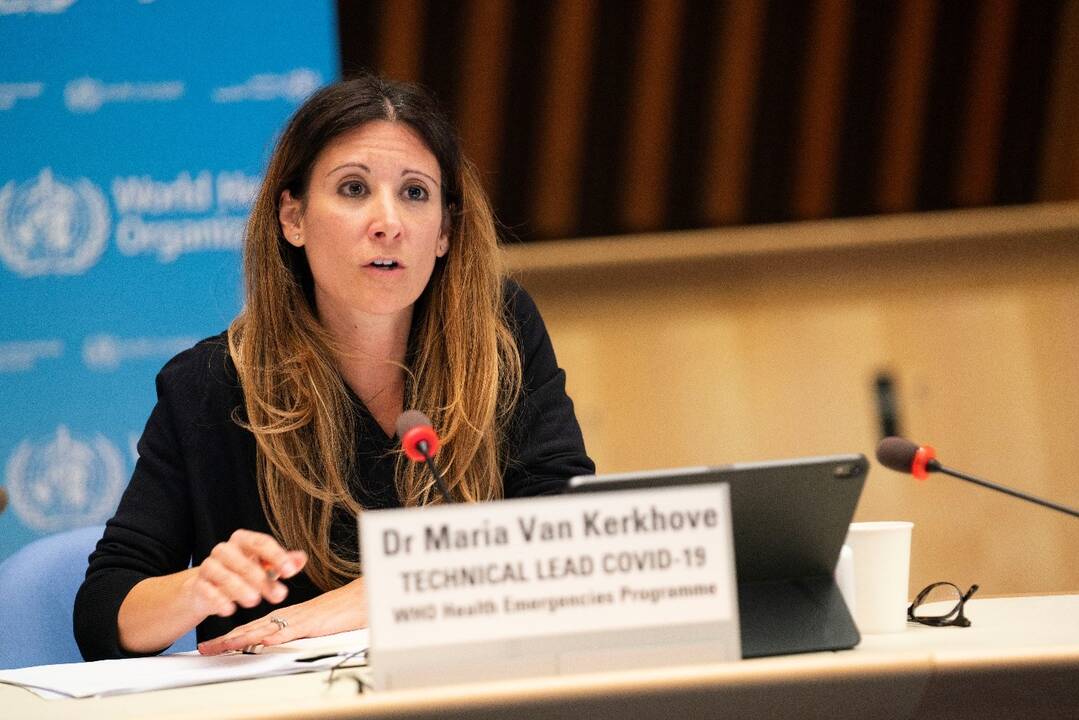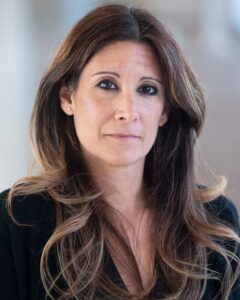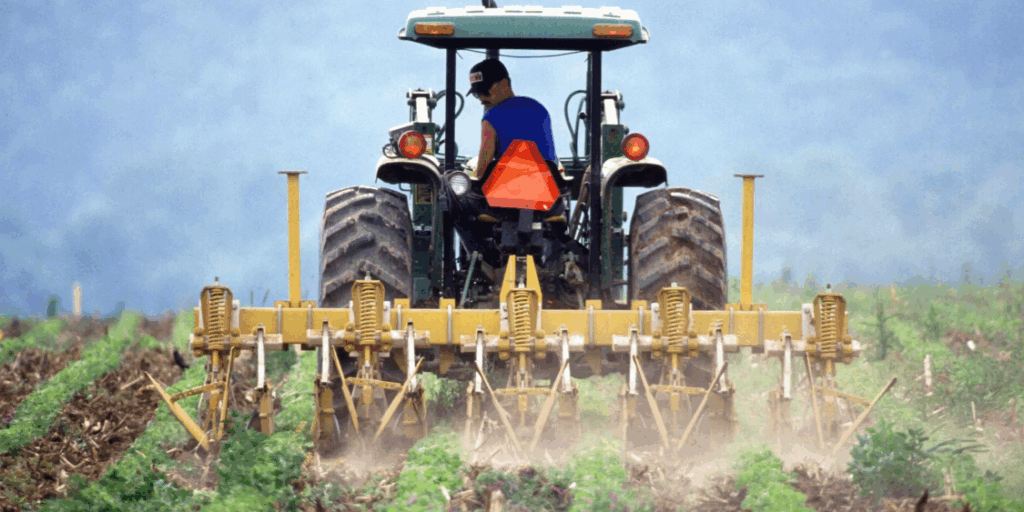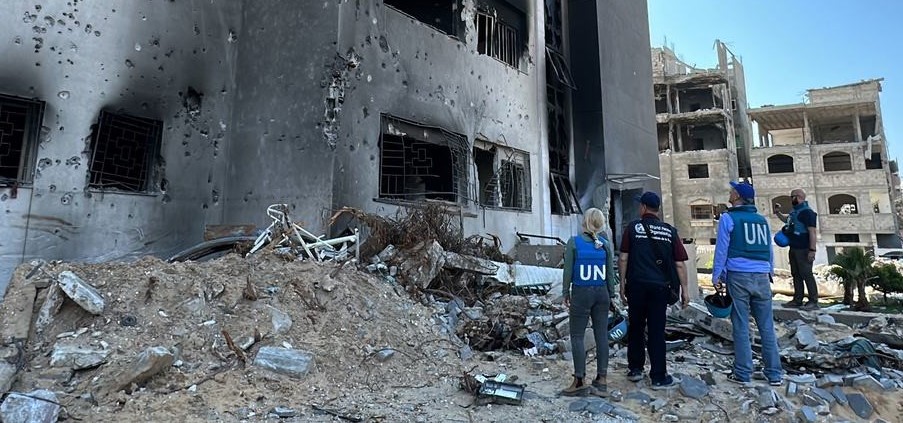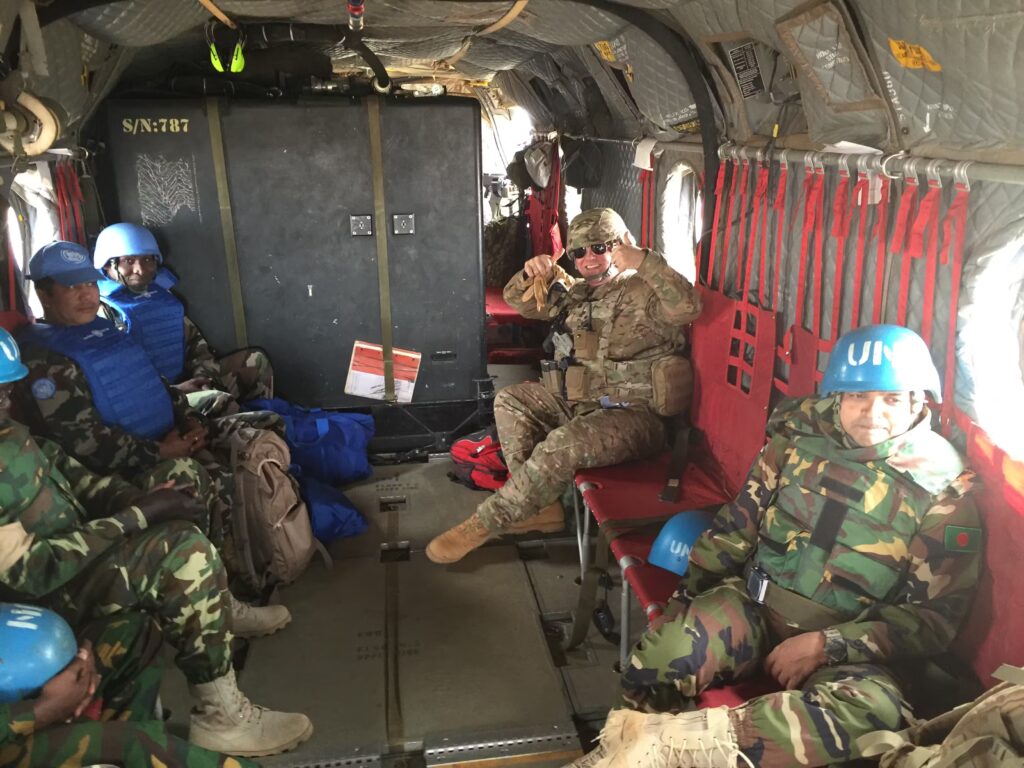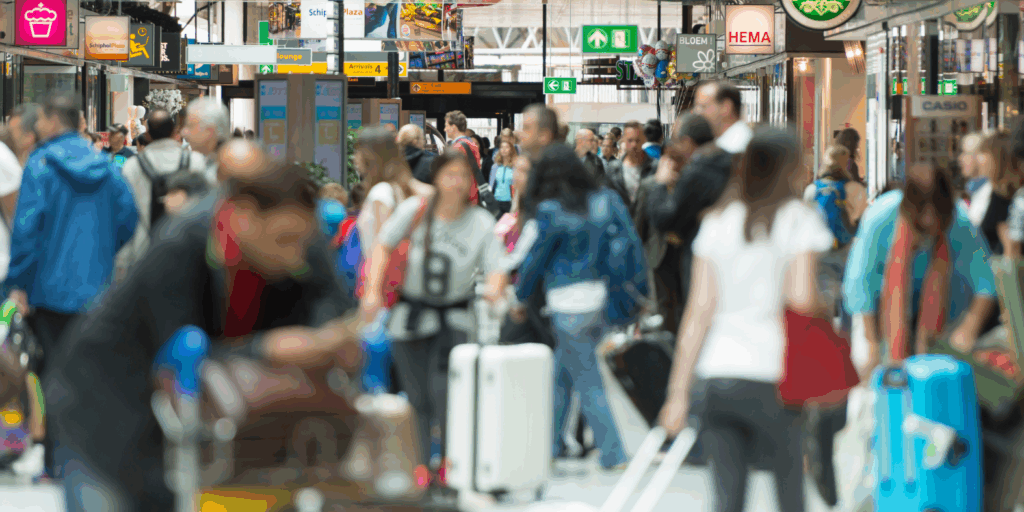In December 2019, Dr. Maria Van Kerkhove was visiting family in North Carolina when she received an email. There was a “cluster of pneumonia of unknown etiology.” It was the first sign of what the world would soon know as COVID-19.
“Alarm bells went off immediately,” she recalls. “When you read something like that. It takes over everything.”
Today, Van Kerkhove is the World Health Organization’s Technical Lead for COVID-19 and the acting Director of WHO’s Department of Epidemic and Pandemic Threat Management. For the last few years, the upstate New York native has been helping lead the global charge against some of the world’s most dangerous pathogens. But as she puts it now, “COVID is only about 10% of my work.”
The other 90%? “We’re dealing with a massive global outbreak of avian influenza in animals spilling over into humans, a public health emergency of mpox, plus chikungunya, dengue, cholera, meningitis, yellow fever, MERS flare-ups, Marburg and Ebola.” she says.
An Honest and Reassuring Voice
At the height of the pandemic, Van Kerkhove became a household name. The WHO press briefings she spoke at – sometimes held daily alongside Director-General Dr. Tedros Ghebreyesus and Dr. Mike Ryan, Deputy Director General and Executive Director of the Health Emergencies Programme – offered rare clarity in a storm of confusion. She maintained transparency and reassurance, trying to inform without inciting unnecessary fear.
“I didn’t want to be alarmist, but we had to tell the truth.” It was a tightrope.
So many moments stand out for her, like her first press conference on January 14, 2020. She also recalls in vivid details of the urgency of journalists’ questions about what was known and what governments, leaders and families needed to do to keep people safe.
In a lighter moment, in December 2020, a reporter asked if Santa Claus would deliver presents during the pandemic. “Governments worldwide had cleared the airspace,” Van Kerkhove remembers saying. “That answer mattered to scared kids and parents worldwide. They told us it made a difference and provided some reassurance during very difficult times.”
While her public persona grew, so did the complexity of her work. Her role now includes guiding WHO’s evolving work on epidemic and pandemic preparedness and response covering respiratory diseases, high threat pathogens, arboviruses, bacterial threats, laboratory biorisk management and improving access and benefit sharing for medical countermeasures such as vaccines, tests and treatments
A New Threat to Public Health
As Van Kerkhove and her team continue to battle these ever-evolving diseases, new threats come to the fore in the form of deep budget cuts and geopolitical headwinds.
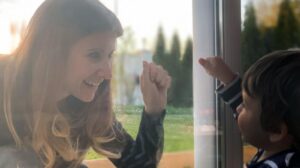 “The funding cuts have been abrupt and severe not only for WHO, but more broadly for global health,” she says. “The cuts are impacting more than 50 countries right now. One of the acute changes is that most of our technical exchanges with U.S. government agencies – CDC, FDA, HHS – have stopped. That matters. We’ve lost regular, formal and informal collaboration, as well, which is critical, especially for real time virus variant tracking and outbreak response, such as for COVID and avian influenza.”
“The funding cuts have been abrupt and severe not only for WHO, but more broadly for global health,” she says. “The cuts are impacting more than 50 countries right now. One of the acute changes is that most of our technical exchanges with U.S. government agencies – CDC, FDA, HHS – have stopped. That matters. We’ve lost regular, formal and informal collaboration, as well, which is critical, especially for real time virus variant tracking and outbreak response, such as for COVID and avian influenza.”
With U.S. cooperation paused, WHO continues to rely on a patchwork of partnerships with states, hospitals and academic labs in the U.S. that share information globally. “Some partners in the U.S. are working with us pro bono to keep things going,” Van Kerkhove says. “But it’s not sustainable. This is a global system working together to prevent, prepare and respond to the next epidemic or pandemic. You can’t just unplug one of the biggest players and expect things to function as they did previously.”
What worries Van Kerkhove most isn’t so much the loss of data or dollars; it’s the loss of voice.
“One of WHO’s superpowers is its ability to bring everyone together to solve the world’s biggest health challenges. If the U.S. isn’t at the table shaping global health policy, that has consequences.”
“One of WHO’s superpowers is its ability to bring everyone together to solve the world’s biggest health challenges. If the U.S. isn’t at the table shaping global health policy, that has consequences.”
In April, WHO reached a major milestone: Member States agreed on language around a pandemic agreement for global pandemic preparedness, prevention and response that will soon be discussed (and hopefully adopted) at an even larger stage – the World Health Assembly, in May 2025. The agreement states explicitly that countries retain sovereignty.
“This is a massive win for collaboration, for multilateralism,” she says. “It’s in the world’s collective interest to prevent and respond to pandemics. But the real work starts now. It’s not just about drafting agreements. It’s about operationalizing them.”
As politics swirl, Van Kerkhove remains inspired by her colleagues and grounded in people WHO serves – their questions, fears and hopes. In recent months, she’s been working alongside WHO’s senior management to try to get the word out about what WHO does and doesn’t do.
“We’re trying to reach parents, caregivers, people who look after older relatives, to help them to see how interconnected our world is,” she says. “A virus that emerges in one corner of the world can be on the other side of the world in 24-48 hours. WHO helps detect, assess the risk and stop pathogens with epidemic and pandemic potential from spreading – WHO supports governments to prepare when that disease shows up.”
“We’re trying to reach parents, caregivers, people who look after older relatives, to help them to see how interconnected our world is. A virus that emerges in one corner of the world can be on the other side of the world in 24-48 hours.”
The Next Chapter
Asked if she plans to write a memoir, Van Kerkhove demurs. “Not now. I do write for myself, but the work keeps me extremely busy. I just need to focus on that and supporting the people I’m privileged to work with.”
Her mother, however, might disagree. “My mom has 15 volumes of clippings and notes from every press conference of WHO’s senior leaders during the pandemic, including Director-General Dr. Tedros Ghebreyesus and Dr. Mike Ryan, Deputy Director General. Its really difficult for me to even look at the scrapbooks right now. At the moment, it’s still too much for me.”
Maybe someday. For now, Van Kerkhove is mentoring a new generation of scientists and continuing to lead global outbreak response efforts from Geneva with her trademark blend of warmth, candor and compassion.
“There are so many brilliant people here at WHO doing life-saving work,” she says, “working to keep people safe and fighting to prevent new threats from becoming pandemics.”
“That’s what deserves our attention.”
“There are so many brilliant people here at WHO doing life-saving work to keep people safe… That’s what deserves our attention.”
